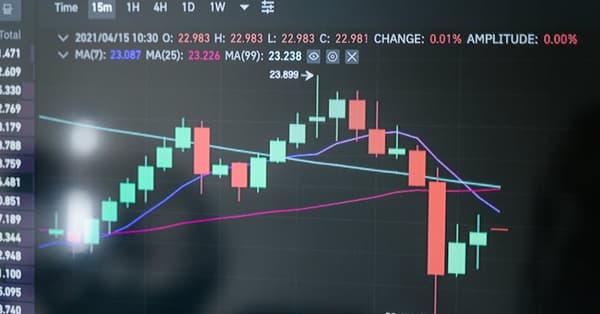Unlocking BSC Token Holder Distribution: Key Insights
Dive into the dynamics of BSC token holder distribution and discover strategic insights that can enhance your trading game in this booming ecosystem.
The Binance Smart Chain (BSC) has quickly established itself as a powerhouse in the DeFi and NFT realms. With a market capitalization soaring past $100 billion in late 2023 and more than 10 million active wallets, the BSC ecosystem is absolutely thriving. Innovations like cross-chain functionalities and new decentralized exchange models are driving significant shifts in how tokens are distributed.
Getting a handle on token holder distribution is crucial for both investors and developers alike. A solid understanding of these distribution metrics can shape investment choices, improve project management, and build community trust. In this article, we’ll dive into insights about wallet concentration, effective investment strategies, and the broader implications of distribution metrics.

🎯 KEY INSIGHT
In Q3 2023, over 30% of tokens in popular BSC projects were concentrated in the top 10 wallets, which coincided with notable price volatility.
A "token holder" refers to anyone who owns tokens, while "distribution" describes how these tokens are spread among holders. "Wallet concentration" highlights the degree to which tokens are held by a small number of wallets, which can significantly impact market liquidity and stability.

The distribution of holders plays a pivotal role in price volatility. When a few wallets hold a large portion of tokens, it can lead to wild price swings, posing risks for smaller investors. Understanding this can be key to gauging project stability and overall investor confidence.
When analyzing distribution, a few key metrics come into play. The Gini coefficient measures income inequality among holders, while the percentage of tokens held by top wallets gives insight into concentration levels. A higher concentration often signals potential risks that investors should consider.
Launched in September 2020, the Binance Smart Chain was crafted to offer a blockchain environment tailored for decentralized applications (dApps), all while maintaining compatibility with Ethereum. Its low transaction fees and quick block times have made it a go-to for developers.

By analyzing BSC token holder distribution, you can gain valuable insights and refine your investment strategies. The more you understand this dynamic landscape, the better equipped you'll be to navigate it.
Tags:
Ready to Make Profitable Crypto Calls?
Check out our proven track record on the leaderboard
View Leaderboard →Related Posts
Is a $2 Billion Bitcoin Bet Opening Doors for Meme Coins?
Discover how a Bitcoin whale's massive investment could signal a new wave of opportunities in the meme coin market. Don't miss out on this insight!
Is MOBOX Leading the Blockchain Gaming Revolution in 2023?
Discover how MOBOX is shaping the blockchain gaming landscape amid a 340% rise in games this year. A must-read for every crypto enthusiast.
Understanding Token Burning on Binance Smart Chain
Curious about BSC's token burning? Discover how it impacts value and investor sentiment in this insightful look at deflationary tokenomics.
The Rise of Meme Coins: What’s Fueling the Surge?
Join us as we explore the explosive growth of meme coins like $PEPE and $DOGE. Discover why they're captivating traders worldwide.
Mastering Japan's Crypto Rules & Meme Coin Trends
Stay ahead in crypto! Explore Japan's new reserve rules and strategies for trading meme coins like SOL. Equip yourself for success in this dynamic market.
Unlocking Arbitrage: Flashloans in the BSC Boom
The Binance Smart Chain is witnessing a flashloan explosion! Discover how traders are capitalizing on new arbitrage opportunities amid rising volatility.